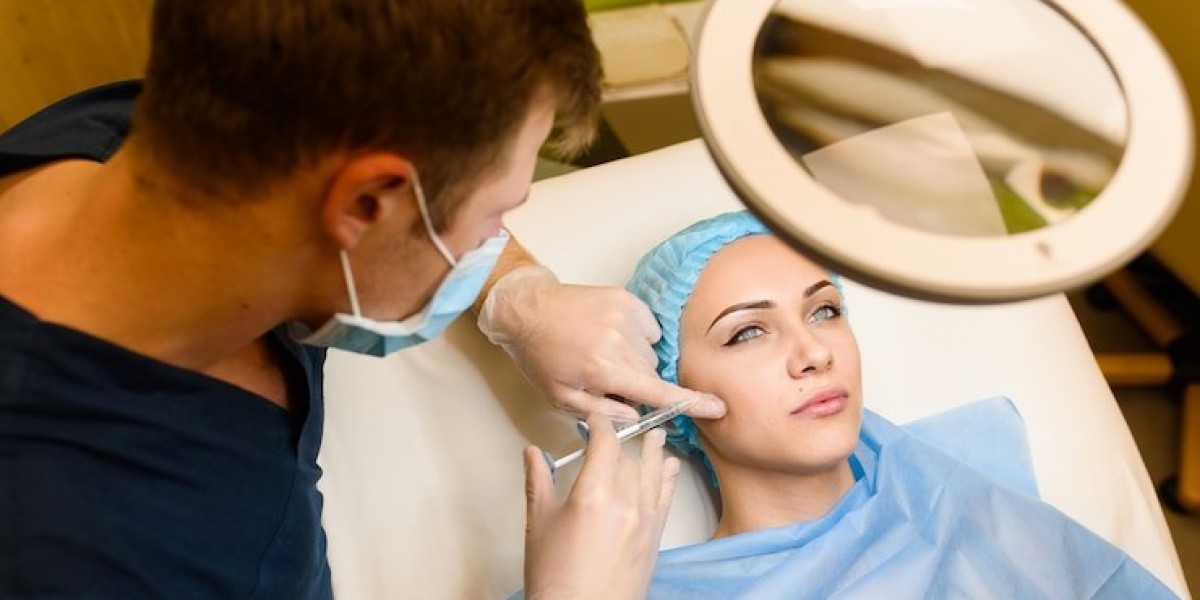Market Overview & Estimation
In 2023, the medical aesthetics market reached approximately USD 17.76 billion, and at a robust 11.23% CAGR, it's expected to surge to USD 40.59 billion by 2031. This growth is driven by a broader acceptance of minimally invasive and non-invasive procedures, advancing technologies, and a desire for youthful yet natural appearances.

The comprehensive report outlines several compelling trends. Facial aesthetic devices comprise the largest product segment, supported by injectables such as dermal fillers and botulinum toxin. Energy-based modalities—including lasers, ultrasound, and radiofrequency—are gaining ground. The end-user segment is dominated by dermatology clinics and medical spas, but hospitals and cosmetic centers are growing rapidly. North America currently leads the global market, while Asia-Pacific is the fastest-growing region. Intensifying competition, fast-track product approvals, and rising investments in R&D highlight the dynamic and competitive nature of this market.
The medical aesthetics market is deeply interconnected across multiple dimensions:
By product type, facial aesthetic devices, dermal fillers, botulinum toxin, chemical peels, thread lifts, aesthetic lasers, body contouring, skin tightening systems, and implants form the core lineup. Among these, facial aesthetics tools and injectables dominate, driven by their convenience, minimal downtime, and strong demand for anti-aging solutions. Body contouring—especially non-invasive fat reduction—has seen strong uptake, buoyed by growing preference for treatments such as cryolipolysis and ultrasound lipolysis.
By Application, segments include skin resurfacing, scar reduction, hair and tattoo removal, and carbon peels. Applications addressing wrinkles and skin laxity represent a large share, particularly among aging and wellness-driven demographics. Tattoo removal and pigmentation therapies compose smaller yet growing niches.
By End User, dermatology clinics and medical spas account for the bulk of procedures, while hospitals and cosmetic centers are expanding rapidly. Aesthetic treatments in hospitals benefit from strong clinical supervision and insurance-backed procedures.
Geographically, segmentation reflects North America’s dominance—with nearly 40% share of the global market—and rapid expansion in Asia-Pacific, led by countries like Japan, China, and South Korea, due to cultural emphasis on youthful appearance, increasing disposable income, and medical tourism.
Regional Analysis
United States
In the U.S., the medical aesthetics market is projected to grow from USD 6.71 billion in 2024 to USD 19.34 billion by 2033, representing a CAGR of approximately 11–13%. Advanced procedures like FDA-approved injectables, laser treatments, and ultrasound systems are driving this growth. Insurance frameworks and a mature clinic infrastructure support expansion, while technological progress and celebrity endorsement keep demand high. Recent industry consolidation—such as AbbVie’s JUVÉDERM/BOTOX portfolio and acquisitions among device manufacturers—reinforces U.S. dominance
Japan
In Japan, the medical aesthetics sector reached USD 1.082 billion in 2024 and is forecast to rise to USD 2.839 billion by 2033, exhibiting a strong 11.3% CAGR. This growth is propelled by an aging population seeking anti-aging treatments, a trend toward minimally invasive procedures like Botox, dermal fillers, laser therapy, and body contouring, and rising aesthetic awareness among younger demographics. Regulatory support and innovation culture have propelled AI-assisted skin analytics, next-gen implants, and energy-based devices into mainstream clinical use. Leading providers such as Jiyugaoka Clinic, Big Blue, and SBC Medical are rapidly expanding service portfolios in response.
Latest News & Trends
USA
Plastic surgery and aesthetic trends in 2025 are shifting toward subtler enhancement techniques. The "undetectable" era favors micro-Botox, early-intervention facelifts, ultrasound-based collagen stimulation, and chin implants targeting natural definition. These innovations respond to patient demands for minimal downtime, authenticity, and sustainability. AI-powered tools that simulate treatment outcomes are also enhancing decision-making and patient comfort.
Japan
Japanese consumers are increasingly embracing energy-based, non-invasive modalities and cosmeceuticals integrating traditional botanicals. There's a growing interest in combining multiple treatment types—injectables, lasers, and skincare—in single therapeutic sessions. Domestic brands are rapidly adopting AI-facilitated personalization, while clinics offering comprehensive anti-aging programs—covering both body and skin—are performing strongly in urban centers.
Top 5 Key Players & Recent Moves
The market is highly competitive, with the following companies leading in share and innovation:
AbbVie (Allergan Aesthetics) – Global leader with BOTOX and JUVÉDERM; heavily investing in next-gen injectables and AR-tools for treatment previews.
Cutera, Inc. – Provides advanced lasers and energy-based hair removal and body contouring systems; actively sponsoring clinical research.
Cynosure (Hologic) – Known for their fractional lasers and ultrasound systems; strong in non-invasive skin rejuvenation.
Alma Lasers – Offers a wide range of laser and RF systems; focusing on Asian and U.S. expansions.
Galderma – Major distributor of dermal fillers and other aesthetic injectables; rolling out AR consult tools and personalized treatment kits.
In the U.S., AbbVie’s expansion via R&D and AR-assist tech has solidified its leadership, while consolidation continues in device makers. In Japan, domestic providers such as Jiyugaoka Clinic, Big Blue, and SBC Medical are scaling services through strategic investments and top-tier tech adoption.
Emerging Technologies & R&D
Emerging trends include AI-enhanced outcome simulations, regenerative medicine approaches like exosomes and stem-cell-based skincare, and non-invasive sculpting technologies that respect privacy and safety. Robotics-guided photo-rejuvenation is entering early trials. Sustainability and natural-looking results—driven by the undetectable trend—are redefining standards, while biodegradeable and eco-friendly device components are entering development pipelines.






